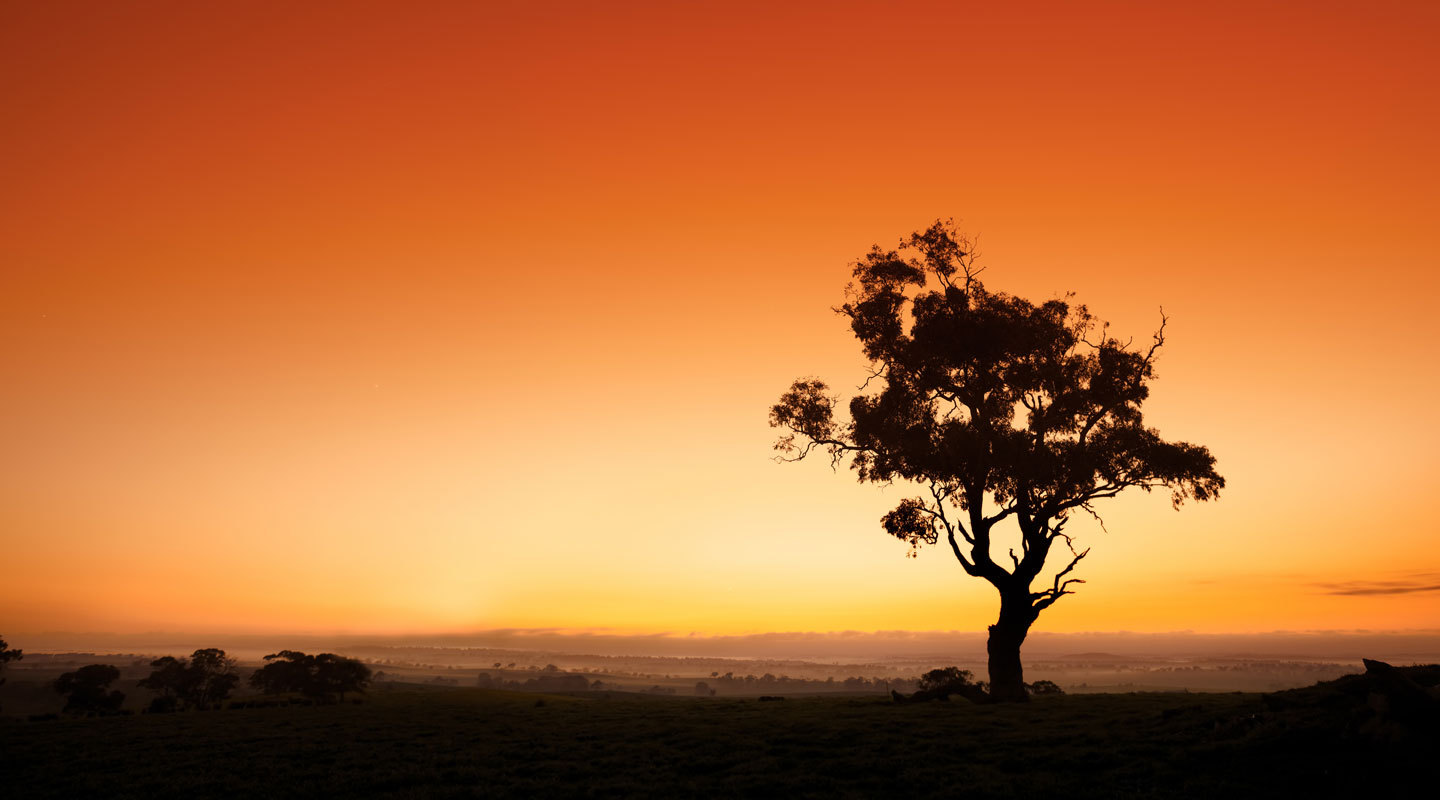 News
Articles & Recipes
Articles
Supporting First Nations Business
News
Articles & Recipes
Articles
Supporting First Nations Business
Supporting First Nations Business

Cosmetic Industry Supply Chain Dynamics and First Nations Involvement.
In some ways, it would be ideal to be able to purchase all Australian Native Botanical ingredients from First Nations business owners and entrepreneurs – our customers currently ask for this and like the feeling that it brings to know that the Kakadu plum (Nyul Nyul name being Gumbinge) they purchased was planted on, raised up and processed by First Nations business owners. However, it is not (yet) possible to buy everything this way, especially not when having to balance this with all the other expectations clients have. On further thought it may never be possible to source all Australian botanicals this way but what if that is not even something that First Nations people aspire to? Do we even know?
Supply chains are complicated. Australia, like many other countries, did not protect its botanical Intellectual Property from leaking out of its borders. This situation is not unusual, but it does have long-lasting implications. One implication being that Australian native botanicals, like many other countries' flora, now grow all over the world, often producing the good cheaper than we can here. An example of which is the Macadamia nut industry. This industry started in Australia in 1880, a time in which our First Nations people had little to no land rights. Today this Native Australian Bushfood is popular all over the world and while Australian-grown Macadamias have a reputation of being ‘the original and the best', home-grown nuts account for only 30% of global trade. Macadamias are grown in the USA, across South America, some parts of Africa and across other countries in the Pacific region. New Directions buys the bulk of its Macadamia Nut Oil from Australian farmers and tries, in keeping with our ‘Australian Made' policy, to offer as much choice in our oil supply chain as we can from Australian producers. This situation is replicated across other crops too as we attempt to balance the many and varying needs of the cosmetic supply chain across our business.
Supply Nation and the Indigenous Land and Sea Corporation.
Supply Nation was established in 2009 with the aim to connect Aboriginal and Torres Strait Islander ran businesses and enterprises with government and corporate procurement teams. Businesses on the supply side are audited, validated, and supported in ways that make it easier for them to meet the requirements of these large contracts.
Like any third-party certification business, Supply Nation doesn't represent all First Nations business owners and neither does it capture all supply enquiries but it is a valuable starting point for businesses looking to source or supply finished goods and/or services from First Nations centric enterprises. Ingredient or raw material supply is one step back from Supply Nation's core focus (finished goods) and yet, there is no singular established certifying body for ‘First Nations Farmers' or producers.
In November 2019, just before COVID started to hit, the first National Indigenous Bush Food Symposium was run in Sydney. The event was run in conjunction with the Indigenous Land and Sea Corporation, ‘a corporate commonwealth entity designed to assist Aboriginal and Torres Strait Islander people to realise economic, social, cultural and environmental benefits that land ownership and management of land, water and water related rights can bring'. At the time of the November event, the Australian Bush Foods market was estimated to be worth $20 million annually with a First Nations participation rate of 1-2%. Presently, First Nations people make up 3.3% of Australia's population. Even taking the more optimistic 2% participation rate, that is still nearly 40% lower than it should be representing 315,507 people based on 2016 census figures.
If we consider the dollar value that this market is currently sitting at, we must remember, the most part our ‘Bush Foods' are being sold without their cultural connection being made explicit. It is likely that once cultural capital is re-attached to these products, possibly through the growth of First Nations businesses, that there is ten times as much value sitting behind that figure just waiting to be realised.
For our business here at New Directions, the momentum that was built at this Symposium looks most likely to give rise the supply chain changes that our customers are hoping for and that we could support. That said, it would be unreasonable to expect dramatic change in First Nations participating in the ingredient supply chain overnight or even in the short term given the investments in both capital and time needed to grow an Australian Bush Food crop and bring it to market.
Going It Alone - First Nations Farmers.
There are First Nations farmers out there as the 1-2% Bush Food figures show but the volume that these independent farmers can provide, the supply chain security they can offer and their access to ingredient processing to meet the needs of the Cosmetic Industry present challenges yet to be fully overcome. Australian Botanical Extracts such as Quandong, Desert Lime, Kakadu Plum and Wattle Seed need to be processed in a way that retains their antioxidant and vitamin concentration and this often require extensive post-harvest processing using expensive equipment such as freeze dryers, milling machines and sieving. Farming bush foods is not different to any other type of farming in as much that not all farmers who grow crops, have the capacity to process those crops to a market-ready level on farm. When a crop has to be picked and processed in a time-sensitive and market specific way, the costs of achieving that typically rise and can be substantial when the processing plants are located at the opposite side of the continent to where the crops grow.
Wild Harvesting
Many cosmetic industry suppliers including New Directions have materials on their range that have been wild harvested. The perception the general-public have of wild harvesting bush foods is often romanticised by their notions of people out on country, maintain long-standing cultural practices for which they now have a new market – everyone wins. While this may indeed be the case for some crops and in some supply chain relationships the value-add for that crop as a isolated ‘good' comes after processing meaning that for every dollar the wild harvester earns, people further up the supply chain earn 10-50 times that. Once again this may be an appropriate distribution of funds, but it may not be when we then attach the narrative value back to the botanical.

Perception vs Reality
The mental picture that many people have of First Nations people ‘Wild Harvesting' bush foods re-enforces a stereotypical idea of what an Aboriginal or Torres Strait Islander looks like or how their business might be run. Some brands and brand customers are looking for the ‘authentic' experience when buying from a First Nations business and are disappointed when the owners present as white. The diversity that exists within First Nations people is huge and not all First Nations people are comfortable with having their Cultural identity used in a marketing sense or as a primary identifier, especially when it is not given the fullness of space required to present an enriched and connected narrative. At New Directions this is one of the reasons we don't market ourselves this way – we enjoy working in such a linguistically, culturally and ethnically diverse workplace but not everyone here wants to have that side of their story turned into a marketable benefit for their employer or employers brand. Challenging our own perceptions is a great way of avoiding tokenistic interactions with First Nations people, businesses, and stories.
The New Directions' Approach
New Directions has a diverse range of clients including many First Nations owned and run businesses and enterprises. We offer support including education packages, technical and practical information sharing for all our clients and in addition, have the capacity to tailor our approach to the specific needs of First Nations businesses and business owners where practical. In the past this has including visiting remote and regional communities to deliver our products and services, talking at industry events, organising educational tours, and working with community groups to strengthen and deepen cross-cultural understanding. Our ‘Create your own skincare part 1' course has been developed around Australian Botanical Extracts and is designed to introduce start-up cosmetic brands not just to the chemistry of these exiting ingredients but also their Aboriginal and Torres Strait Islander nation and traditional name where possible. This information is also shared on our website under each ingredient's web description and through our social media posts. Our aim being to re-connect Bush food ingredient to a geographical location (nation) and a traditional name in a bid to broaden the narrative around these exciting and potent native ingredients.
In terms of supply chain we have a long-standing policy of not overtly disclosing our suppliers although there are some cases when we have or seek permission to do so. That said, we are always happy to answer questions about our materials on a one-to-one basis via the help desk, our Quality Control department, After Sales or Purchasing team. Our current range of extracts includes botanicals that are listed as wild harvest while others are from farms. All our Australian Native Extract powders and glycerine extracts are grown in Australia as is the bulk of our Macadamia oil as discussed before. When it comes to essential oils the situation is a little different. Producing Essential oils is not a traditional practice here in Australia and as such, the use of essential oils is still being explored and evaluated by some elders against more traditional practices. Outside of cultural practice there are First Nations businesses involved in essential oil production but for the most part this is still in a fledgling state.
Here at New Directions our underlying mission is to support all our customers in ways that help them build strong, resilient businesses that are rooted in truth and integrity. So while we cannot always buy from First Nations people or businesses, especially not today, we can play our part in reminding people of where these powerful botanicals come from and whose stories they hold. We hope in doing this that all of our clients see the value in broadening the narrative that surrounds Australian Botanical Extracts and that this momentum creates space for a broader and deeper participation of First Nations people in all of our supply chains.
Amanda Foxon-Hill
References:
